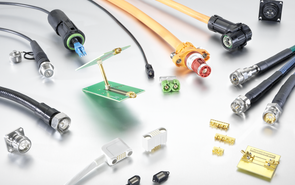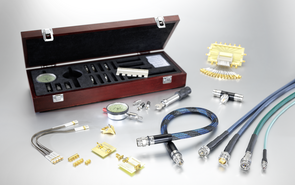The design of the HV wiring harness is an essential part for the energy efficiency of modern e-vehicles. With the help of system simulation the conductor cross-sections in the vehicle electrical system can be optimized. This theoretical design must be validated in real operation. The combination of simulation and real testing is a promising approach.
In motor vehicles, the transmission of drive power from the energy source to the drive shaft has always been a major challenge. In internal combustion engines, the transmission of engine torque via clutch and transmission is of central importance for the reliability of the vehicle. In modern e-vehicles, the energy from the battery to the e-motor is connected via the HV onboard network. Here, the challenge lies in lightweight construction and ensuring dielectric strength. Because of its weight, the cable cross-sections must be minimized, accounting for the maximum current-carrying capacity. For this optimization measure, knowledge of the maximum local temperature is of central importance, since component reliability is inextricably linked to the local operating temperature.










